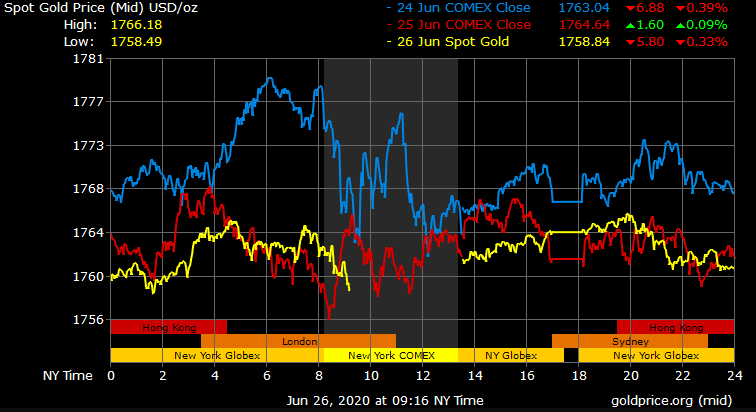Tame Consumer Spending Rebound Is Likely Temporary as Incomes Drop, Inflation Remains Flat
US consumer spending saw a major increase in May as portions of the economy began to reopen. Consumer spending, which accounts for two-thirds of all US economic activity, jumped 8.2% in May after falling a record 12.6% the month before. This was below expectations of 9.0% growth in consumer spending. Meanwhile, incomes fell 4.2%, and are likely to continue falling as millions of Americans start to lose their unemployment benefits over the coming month.
Key Takeaways
- Consumer spending rose 8.2% in May vs. 9.0% expected and after falling 12.6% the month before.
- Personal income dropped 4.2%, and is expected to continue to drop due to millions of Americans losing their unemployment benefits.
- The figures were relatively moderate: consumer spending was forecast at 9.0% growth, with personal income expected to fall by 6.0%.
- Core PCE inflation remained unchanged in May, staying at 1%.
April saw the worst drop in consumer spending since records began in 1959. With retailers other and service businesses shuttered throughout the country, as well as tens of millions unemployed, consumer spending took a major hit, only partially recovering in May. However, the 8.2% growth in May is likely unsustainable, and was fueled in part by a surge of shoppers finally having access to brick-and-mortar stores, as well as access to government stimulus checks that will not last forever.
The upcoming drop in personal incomes will almost certainly curtail consumer spending quite sharply in the next consumer spending report.
Consumer spending up a record 8.2% in May.
Of course, it was down 12.6% in April and 6.6% in March.
Still, this chart looks like many others and does suggest the economy is coming off the mat. pic.twitter.com/W7wvh9NbBu
— Ryan Detrick, CMT (@RyanDetrick) June 26, 2020
The Bureau for Economic Analysis released a press release saying "The May estimate for personal income and outlays was impacted by the response to the spread of COVID-19. Federal economic recovery payments continued but were at a lower level than in April, and government “stay-at-home” orders were partially lifted in May.”
PCE Inflation
The personal consumption and expenditures (PCE) price index rose from -0.05% to 0.01% in May on a monthly basis. Annually, the PCE index slipped lower from 0.6% (upwardly revised from 0.5%) to 0.5%. Core PCE, a measure which strips out food and energy costs, remained unchanged at 1%, slightly above market expectations of 0.9%. Core PCE is the Fed’s preferred measure of inflation.
The Fed’s inflation target range is set at around 2%, leaving room to cut interest rates if necessary, and also preventing undesirable deflation. The Fed typically combats low inflation by restricting the supply of money in the US and making it more expensive to get loans. However, with trillions already printed off in stimulus packages, the supply has risen recently, and there is a danger that this will lead to excessive inflation in the mid-term.
Market Reaction
Gold prices have softened following the release of the report, still trading in the mid-$1,700 range. Spot gold last traded at $1,758.84/oz, down -0.33% with a high of $1,766.18/oz and a low of $1,758.49/oz.
Low inflation typically creates a bearish climate for gold, as the precious metal acts as a safe haven for investors fleeing devaluation from an inflated dollar. However, the mid-to-long-term outlook for gold is arguably bullish, with the economy struggling through a recession and inflationary pressure mounting on the horizon.














